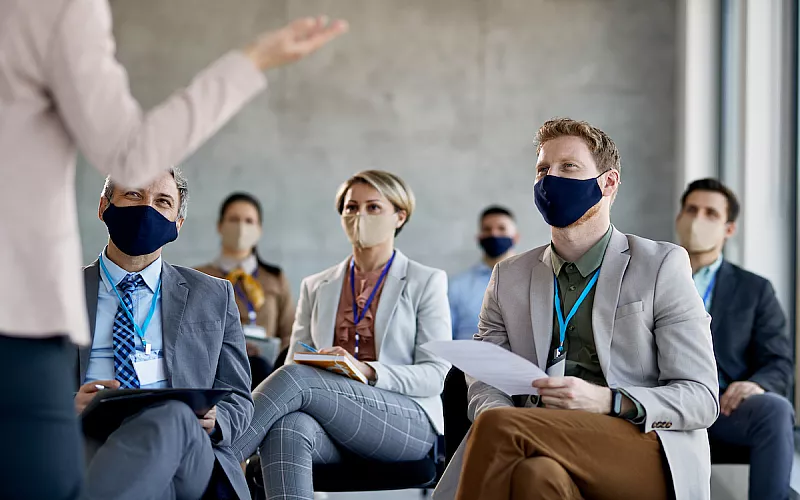Aircraft & Aviation Insurance, FAQ About Aviation and Aircraft Insurance.

Aircraft & Aviation Insurance
Aviation Insurance Definition When we talk about aviation insurance, we mean civil aviation insurance, which is involved in the air transportation of passengers and cargo all over the world. Aviation Insurance today is a big industry that covers all the services provided in the aviation field starting from manufacturers, and airline companies including their passengers and cargo, services provided on the ground by engineers, maintenance technicians, caterers, security screeners, and all supported or supplement services. The insurance policy includes losses, damages, and all liabilities covered by and within the limits and amount coverage in the policy.
FAQ About Aviation and Aircraft Insurance
What is the minimum Aircraft Insurance?
According to US Federal Law concerned with Civil Aviation related to interstate carriers or air taxis, the Law requires the transporter to have insurance:
$ 300,000 for anyone on board the flight, either a passenger or pilot and flight attendants a total of 20,000,000 us per aircraft.
What are the main types of coverage usually mentioned in the Aviation Insurance Policy?
The aviation industry has witnessed great and rapid development in the past decades, that development was a result of people's request for air transportation to run their business or for tourism or other needs, the movement of airports never stops day and night, domestic flights or international flights, the aviation industry growth and risks too. The need for protection become necessary for two main categories of coverage:
- Aircraft Liability Insurance which covers passengers, baggage, cargo, pilots, and flight attendants.
- Hull Insurance: which covers damages to the aircraft. The policies can be purchased both or separately.
What are the different types of Aviation Insurance?
The Commercial Aviation world is a very complicated business, it includes several jobs and tasks to be performed by several individuals with different specialties, all working in different environments from ground to sky, the risks are always available at every moment, a sudden event or accident may happen and the results are big to handle. Aviation Insurance companies divided insurance coverage into the following types:
- Passengers Liability Insurance: this type or part of insurance was given full care either from the business owner or the carrier since his business continuity depends on this factor and from the insurer.
- Public Liability Insurance or Third Party Liability: this type is also important, it covers the liability of the aircraft owner in case of collision or aircraft crash, where the losses and damages are huge, and may include deaths, cars, houses with all its components, crops, airport buildings, runways, facilities, and many other losses and damages and compensation and indemnities to all victims must be paid by the insurer within the limits of the policy, in case of an uncovered loss, the case usually will be taken to the court to take a decision.
- Combined Single Limit (CSL): This type of insurance combines two policies in one, passengers’ liability and third party together in a single and limited overall per accident which makes paying compensation more flexible and easier, in case of passengers injured, and little damages and losses for a third party on the ground.
- Ground Risk Hull Insurance not in motion: covers the aircraft completely while on the ground and not in motion from any outer risk, either in the plane yard or in the hangar for maintenance.
- Ground Risk Hull Insurance in motion or (Taxiing): Despite stopping coverage of this type by most aviation insurers, others still ensure this phase which covers the aircraft when it moves away from the trunk or stops at the plane yard, and after landing on the runway the final stop.
- Inflight Insurance: it is considered the most important type of insurance since it covers the most sensitive and dangerous phases of flight and ground operation where most aviation disasters occurred during this stage, it is the most expensive type.
The Best Aircraft Insurance Companies in the USA for March 2023
According to a survey done by Investopedia about the Best Aircraft Insurance company for March 2023, the result came as follows:
- Best Overall: BWY FLY
- Best for Veterans: USAA
- Best for Commercial Aviation: Wings
- Best for Renters: Assured Partners Aerospace
- Best for Vintage Aircraft Insurance: EAA
- Best for Flying Clubs: Avemco
The Best Flight Insurance Plans for 2023
As for the Best Flight Insurance Plans for 2023 according to a review by U.S.News, the rating is as follows:
- AIG Travel Guard
- Berkshire Hathaway
- Allianz
- Nationwide
- Insure My Trip
FAQ about the steps to be done after an aircraft accident or aircraft disaster
What to do after an aircraft accident or disaster?
As an aircraft owner and protect your rights for compensation from the insurer, you have to do the following steps: the first step is to inform quickly and report the crash or disaster to the National Transportation Safety Board which is the federal agency responsible for the investigation of civil air crashes, the third step and the most important, is to secure the accident site, including all scattered wreckages and every other evidence, which made by the aircraft as ground scars, then get the names, addresses and telephone numbers of the witnesses.
How much money does plane crash survivors get?
Paying compensation after a plane crashes is not an easy and quick process, the investigation will take some time to limit the responsibilities, usually, if the airline or the carrier is found at fault for the accident, each affected passenger will get a minimum value equal to 113,100 special drawing rights, this type of crash compensation currently equal to $170,000 per passenger.



